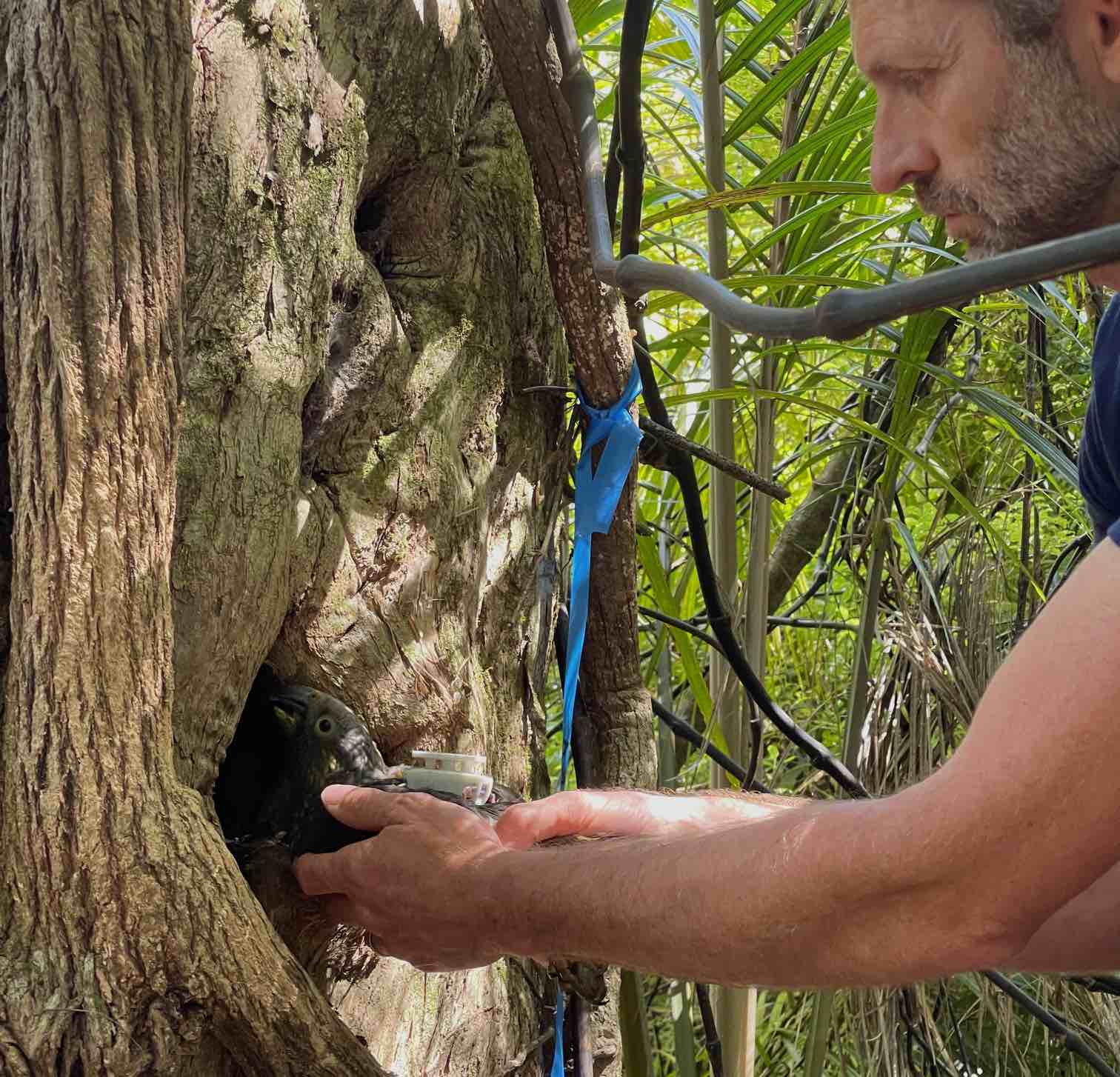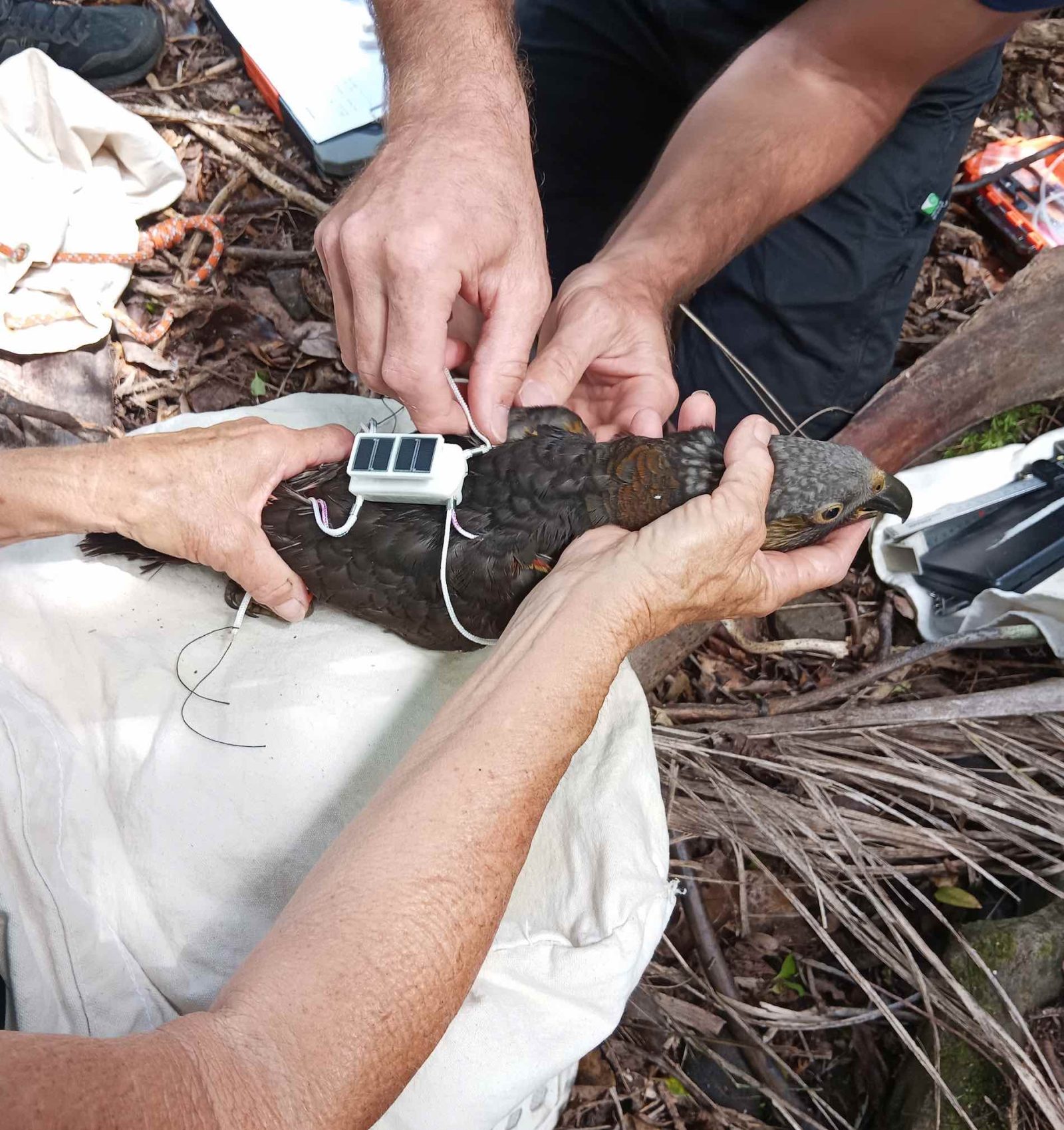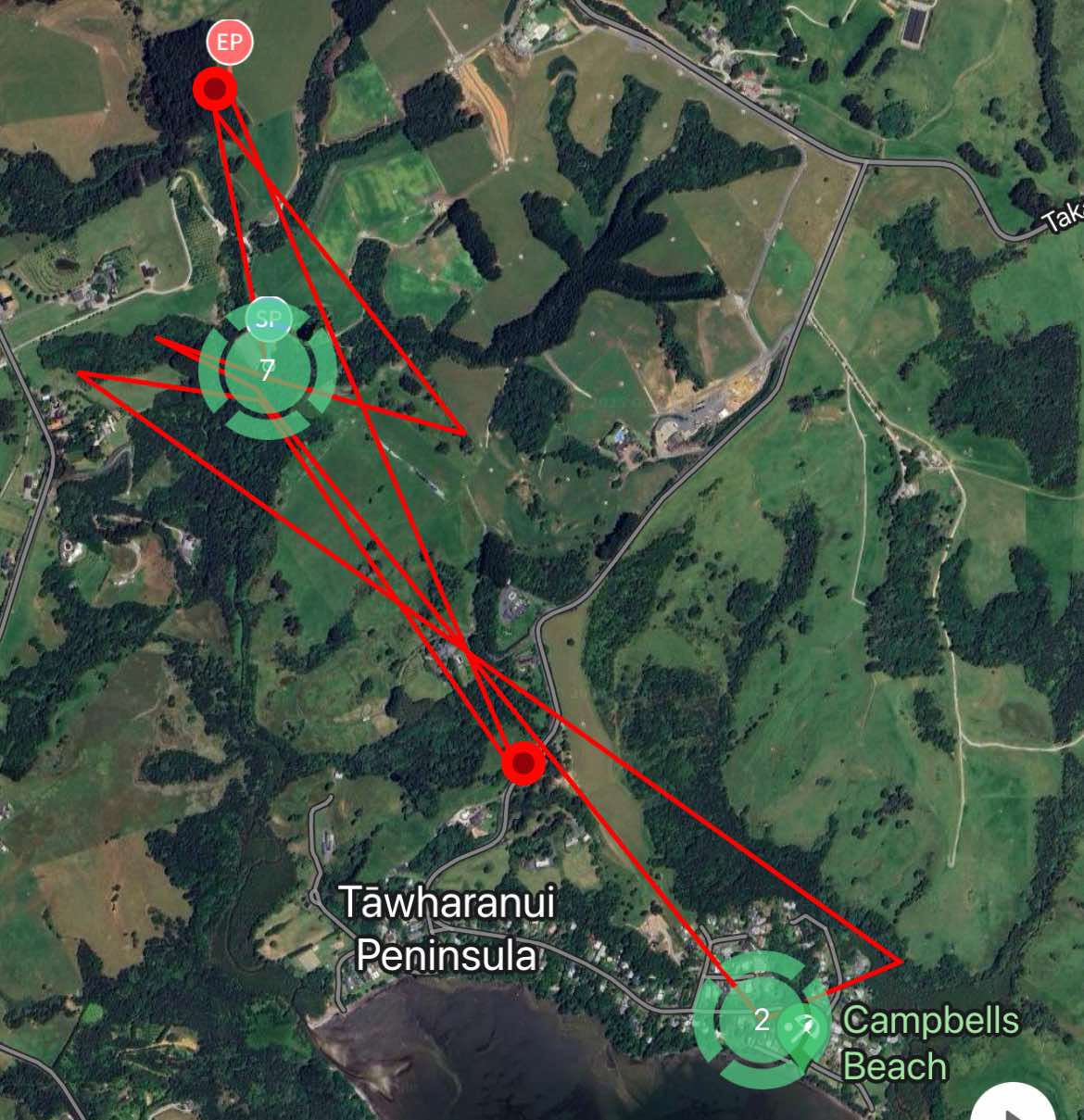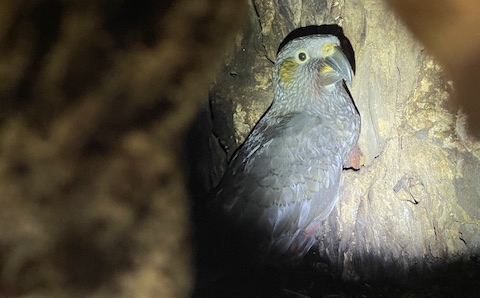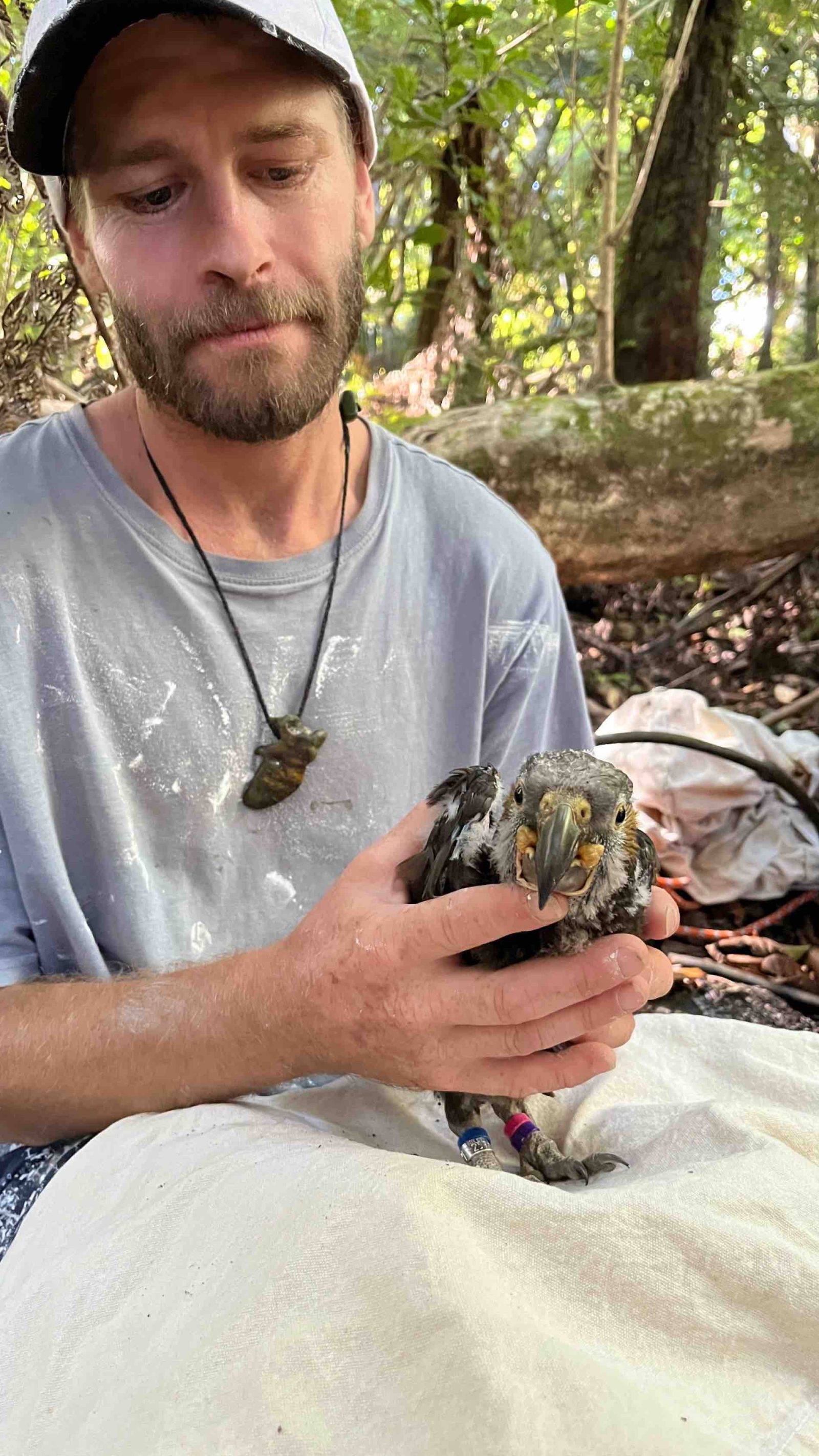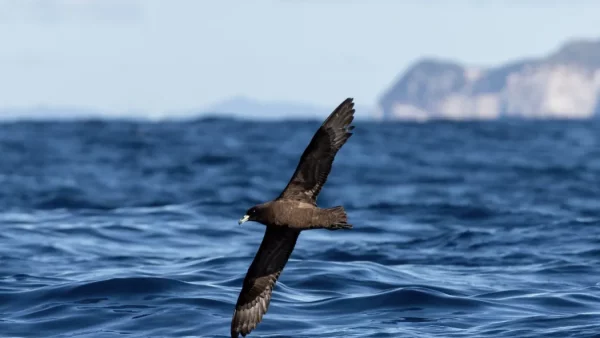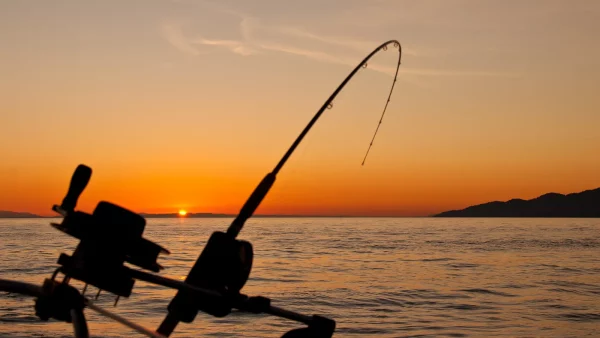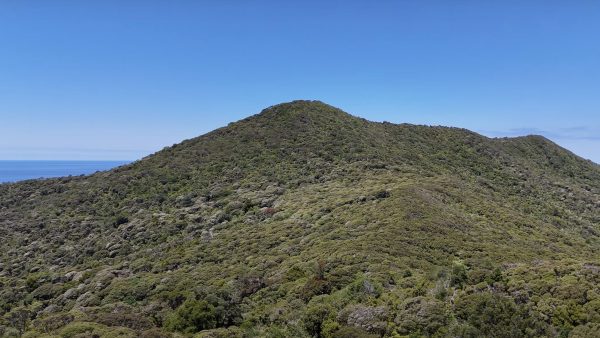For many of us lucky enough to call Aotea, Great Barrier Island, home, spotting a kākā is just part of daily life. But for those outside our island sanctuary, these remarkable birds are a rare sight. North Island kākā are considered “at risk” (but recovering), while their South Island relatives are classified as “nationally vulnerable.” Great Barrier Island remains one of the last strongholds for these iconic birds, making our local efforts to protect them even more vital.
Over the past two years, Windy Hill Sanctuary has teamed up with Landcare Research scientist Neil Fitzgerald to embark on an ambitious study focusing on kākā dispersal and movements. The aim of the study is to track how far these birds travel from their natal nests to the places where they first breed—a process called natal dispersal. Understanding these movements is key to ensuring the future survival of the kākā population.
Ex-Windy Hill employee Henry Cookson with his dog Chase spent many hours
locating new nests and using data from previous years nesting sites. He then
marked the routes to each nest, established the time the birds are likely to fledge, and reported to Neil so that Landcare research could come in, which they did on two occasions, to band and put the transmitters on, with the help of Henry and current employee Paul Lee.
Nine chicks have been banded and fitted with 8 transmitters. While it may look
uncomfortable for the bird, great care is taken to ensure minimal disturbance, and they are handled very gently. The linen thread that attaches the transmitter will eventually rot and allow the transmitter to fall off.
The transmitter pack is fitted with 4 tiny solar batteries that power the unit. Once the birds leave the nest the sun will charge the batteries, and the birds track logs will pop up on Neils phone. They are hoping to track the birds for at least 3 years to see where they start breeding.
So where to from here? That is the question.
Louise Mack is the Assistant Trust Manager at Windy Hill Sanctuary, a community-led conservation project established by Judy Gilbert in 2001. The sanctuary’s mission is to sustain and enhance the biodiversity of the area by removing invasive plants and animals, creating a safe haven where native species can thrive. Additionally, it aims to serve as a model for ecological restoration on private land.


